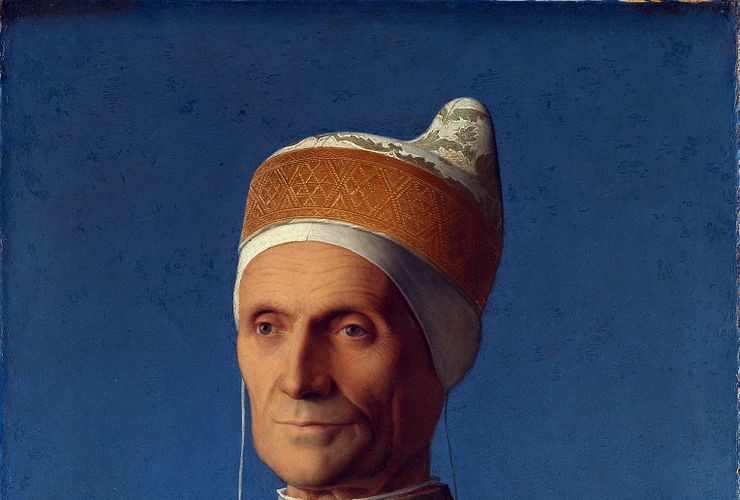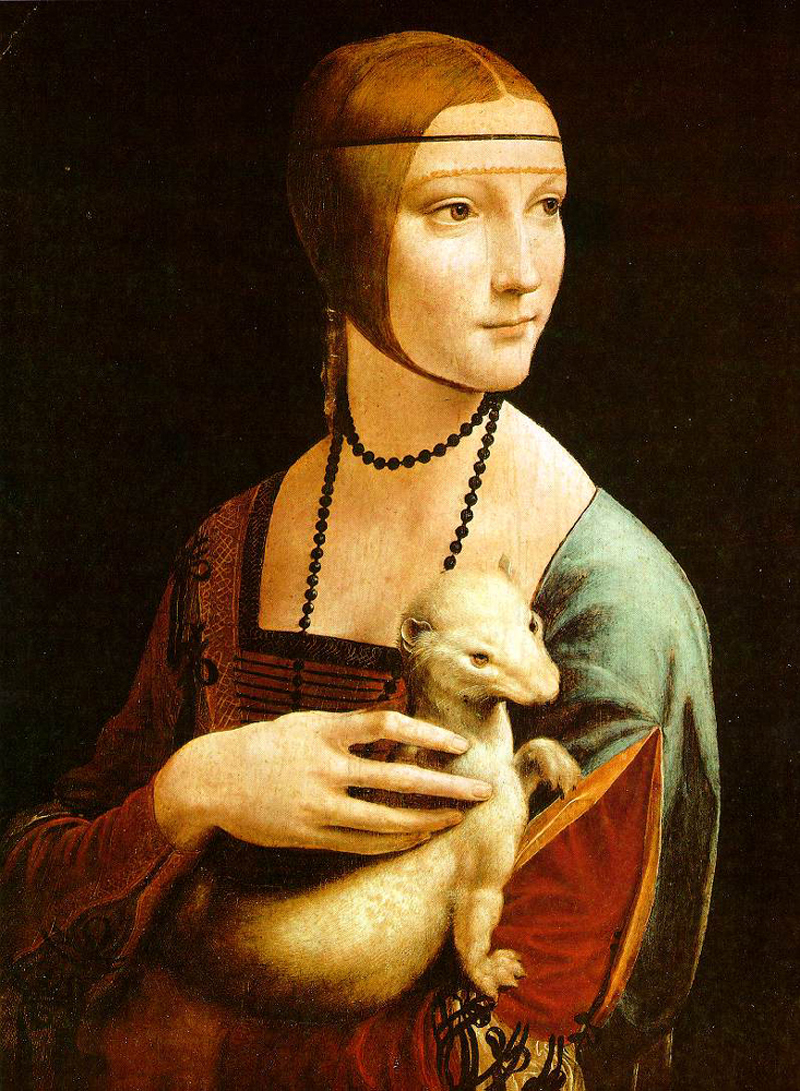- Location: Babington House, Frome, Somerset BA11 3R
- Date: 03.07.17
- Book Now: Event Enquiries: antonella.bonetti@sohohouse.com
The word ‘portrait’ derives from the Italian Ritratto, meaning to reproduce a likeness. This is, ultimately, the chief function of a portrait: to record a sitter’s physical appearance. Portraiture will always be in demand. After all, it was formerly the best way for an artist to make a living, hence it was a highly revered subject within the traditional hierarchy of genres in the arts. Whilst portraiture allows a person to exist despite their physical absence, its function is so much more than that. It serves to fashion a professional identity in terms of class, gender or status. Where would we be without the portraits of kingship which trace the lineage of English monarchs? A portrait commission presents the artist with two fundamental approaches – idealism or realism. The latter led Lady Churchill to have the portrait of Sir Winston burnt by her gardener, and Freud’s portrait of a “glum-faced monarch with five o’clock shadow” led a Daily Mail critic to dub it “one of her corgis after a stroke’”. A portrait also sets up a tension between artist and sitter – this interaction was arguably most keenly explored by Lucian Freud. The rise of the self-portrait in the post-Jungian era led to artists producing psychological portraits of introspection, which delve beyond the limitations of photography. The portrait through the ages often provides invaluable insight into the zeitgeist of each era. Come and explore it!
For further information about this event please contact Antonella Bonetti, Guest & Member Relations Manager / Events Program Manager at Babington House: antonella.bonetti@sohohouse.com


